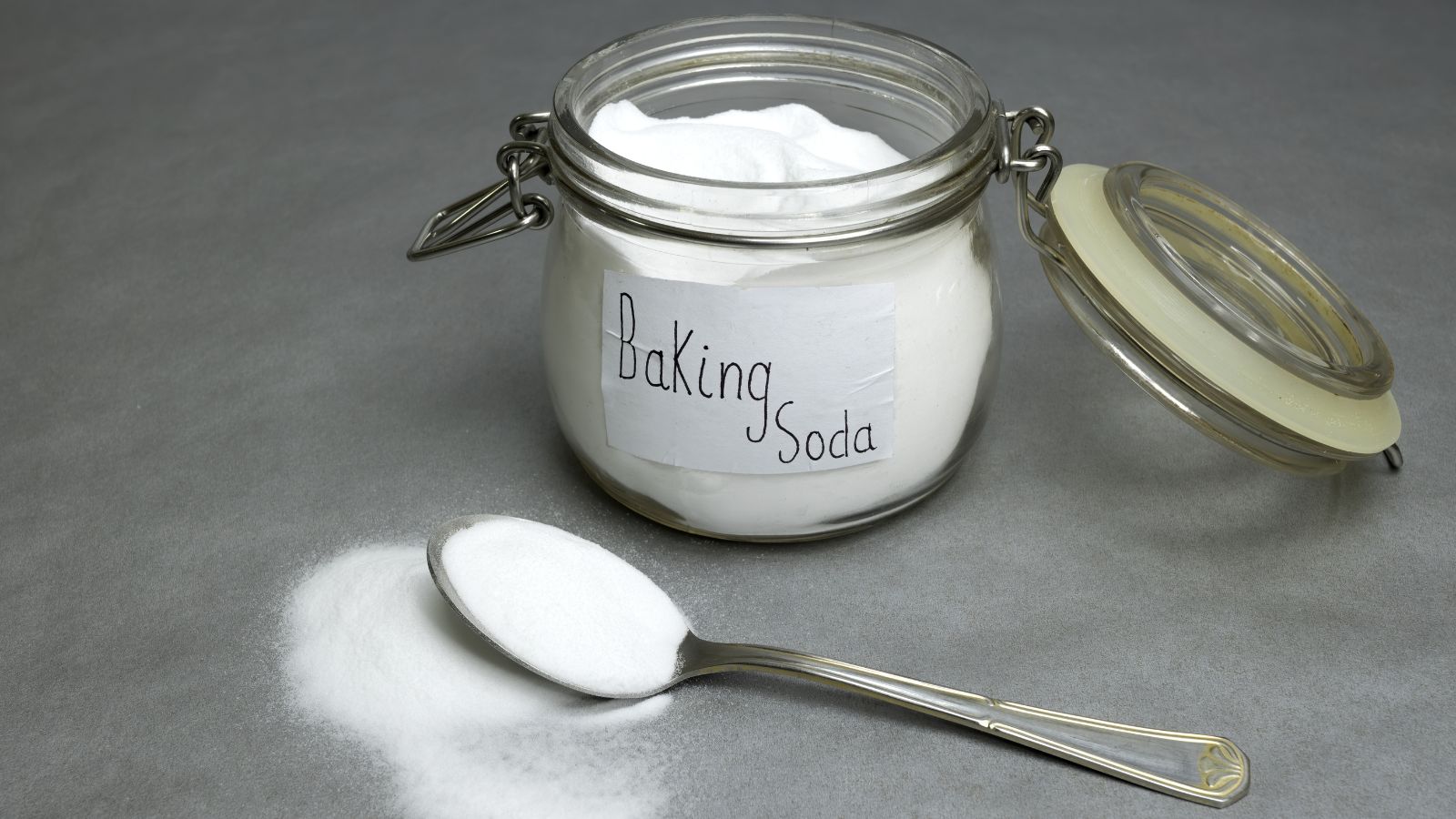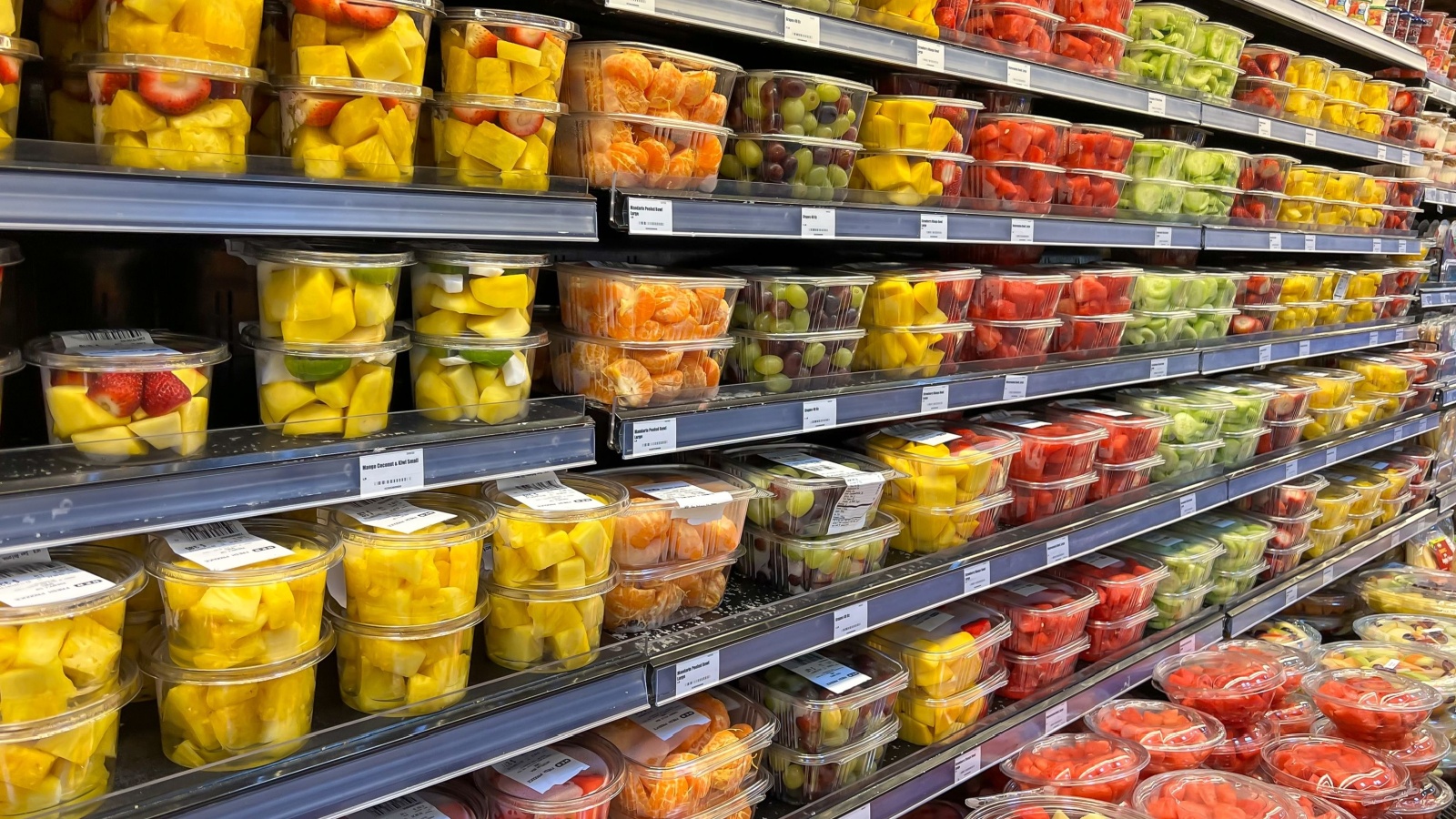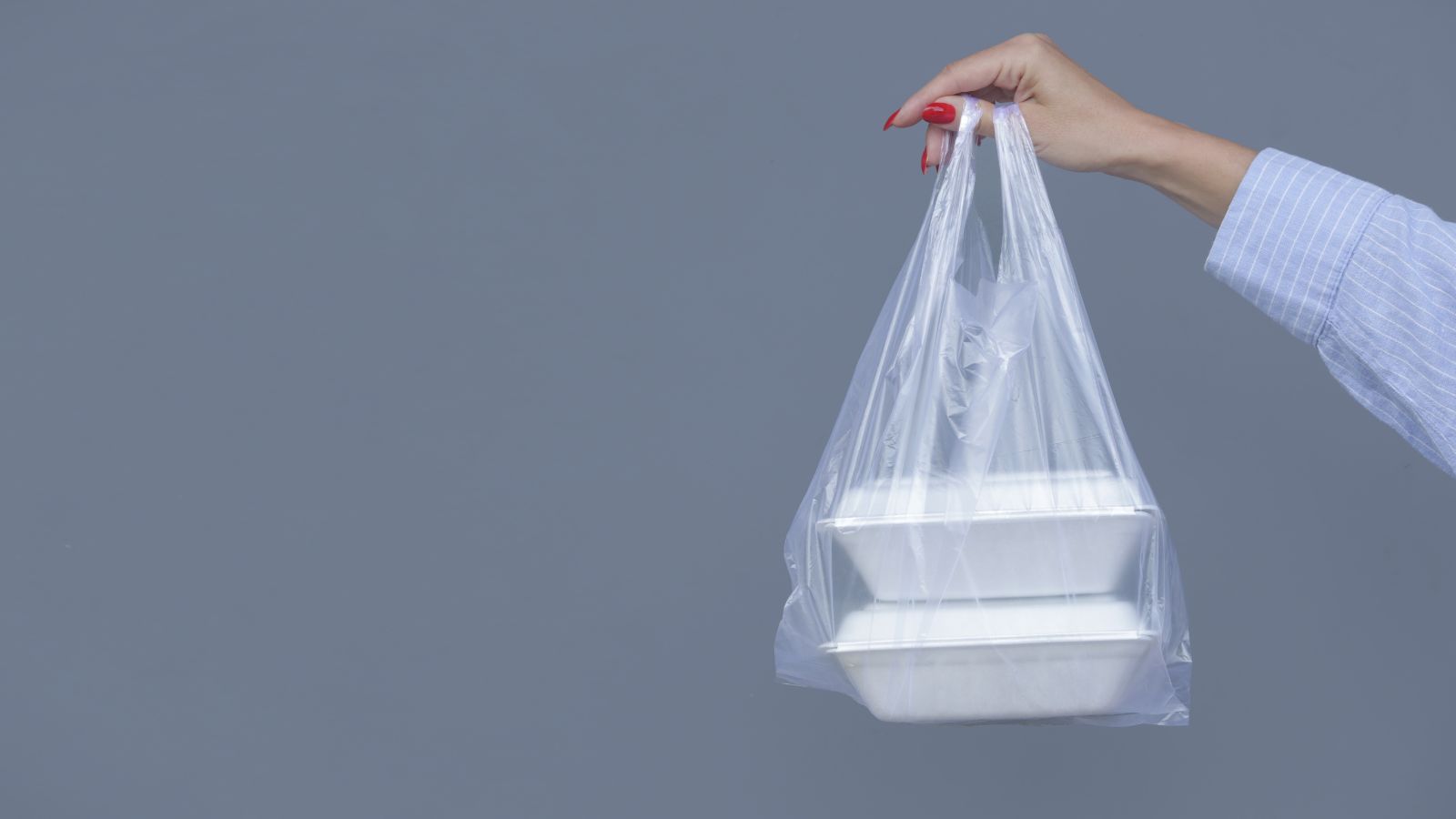Inflation may be nibbling away at Canadian wallets, but cutting costs doesn’t have to mean living less. In fact, with a few smart swaps and mindful spending choices, you can trim your budget while keeping the same level of comfort, convenience, and enjoyment. Here are 22 Canadian expenses you can cut without sacrificing lifestyle:
Premium Cable Packages

Streaming services, free digital TV, and public library rentals have made expensive cable packages unnecessary for most Canadians. By cancelling premium channels you rarely watch and sticking to a couple of streaming subscriptions, or rotating them seasonally, you could save hundreds annually. Many local networks offer free online content, while sports fans can opt for more affordable standalone packages.
Daily Coffee Shop Runs

Your morning coffee habit can quietly add up to thousands a year. Brewing quality coffee at home, especially with a French press or espresso machine, costs a fraction of café prices. Many Canadians find they enjoy customizing their own brew and experimenting with flavors. You can still treat yourself to the occasional latte at your favorite shop, but by making it a weekly indulgence instead of a daily ritual, you’ll pocket significant savings while still enjoying great coffee.
Unused Gym Memberships

If your gym visits have become rare, you’re paying for an expensive guilt trip. Switching to at-home workouts, community fitness classes, or outdoor activities like walking, cycling, or skating can deliver the same health benefits. Free online workout videos and affordable equipment like resistance bands or dumbbells make it easy to stay in shape without a big monthly bill. For those who miss the social aspect, local recreation centers often offer cheaper, flexible passes.
Branded Cleaning Products

Brand-name cleaning products often cost double the price of equally effective store-brand versions, or homemade alternatives like vinegar, baking soda, and lemon juice. Making the switch not only saves money but also reduces the number of harsh chemicals in your home. Many Canadians find DIY cleaners work just as well for windows, counters, and bathrooms, and once you get into the habit, you’ll wonder why you ever paid more for marketing-heavy packaging.
Full-Price Clothing

Paying retail for clothes is one of the easiest expenses to cut without sacrificing style. Canadians can take advantage of seasonal sales, outlet malls, and high-quality thrift shops to find like-new items at a fraction of the price. Online marketplaces also offer excellent deals on lightly worn or brand-new pieces. Not only does this approach save money, it encourages more mindful wardrobe building, focusing on timeless, versatile items rather than fast-fashion trends.
Overpriced Phone Plans

Many Canadians are paying for more data and features than they actually use. Reviewing your mobile plan and switching to a smaller provider, prepaid option, or family bundle can lead to serious annual savings. With more competition in the telecom market, carriers are offering better deals, often with no loss in coverage or speed, and tracking your usage for a month can reveal just how much you’re overspending.
Bottled Water

Paying for bottled water is often unnecessary in a country where tap water is safe, clean, and free in most areas. Investing in a reusable bottle and, if desired, a water filter provides the same taste and quality without the recurring cost or plastic waste. Canadians can save hundreds per year by making the switch, and with the variety of insulated and stylish bottles available, it’s hardly a lifestyle sacrifice.
Expensive Haircuts

While professional haircuts have their place, regular high-end salon visits can strain a budget. Many Canadians are finding affordable alternatives through local barbers, beauty schools offering discounted services, or extending the time between appointments. For simple trims, at-home kits can handle the job surprisingly well. You can still splurge for a special occasion or major style change, but routine maintenance doesn’t need to cost a small fortune.
Subscription Overload

Streaming services, cloud storage, apps, and magazines are small monthly fees that can snowball into a major yearly expense. Auditing your subscriptions every few months, cancelling the ones you barely use, or rotating services rather than paying for all at once keeps your entertainment fresh and your costs down. Canadians often find they don’t even miss the subscriptions they cut, and the money saved can go toward travel, hobbies, or savings.
Pre-Cut Produce

Pre-washed salads, diced fruit, and sliced veggies may save a few minutes, but they can cost double the price of whole produce. With a little prep time, Canadians can enjoy the same convenience by washing and cutting produce in bulk at home, storing it in airtight containers for the week ahead. This simple shift can save hundreds annually, especially for families. The food also tastes fresher, the nutritional value stays intact, and your grocery bill shrinks, without affecting the quality of meals.
Overusing Ride-Sharing Apps

Uber and Lyft are handy, but relying on them for regular trips can quickly add up. Many Canadians save money by walking, cycling, or using public transit for short distances, while carpooling apps, bike-share programs, and occasional rentals for longer trips can cover most transportation needs without the constant expense. You still get where you need to go, just with more money left over for the things you actually enjoy. Plus, the active options can boost your health along the way.
Name-Brand Medications

Generic medications in Canada must meet the same safety and quality standards as their brand-name counterparts, often at a fraction of the price. For common over-the-counter items like pain relievers, allergy pills, or cold medicine, switching to generics can lead to big savings without any loss in effectiveness. Pharmacists can recommend the best alternatives, and the change is seamless as you get the same relief and dosage, just without paying for the branded box.
Frequent Takeout Meals

Ordering takeout regularly is one of the fastest ways to blow a budget. Cooking at home, even with simple recipes, is far cheaper and often healthier. Canadians can make restaurant-worthy meals in minutes with fresh ingredients and a little planning, and batch cooking on weekends can make weeknights easier, reducing the temptation to order in. You’ll still enjoy your favorite flavors, just as an occasional treat instead of a daily habit, keeping your food budget in check.
Banking Fees

Many Canadians are still paying monthly banking fees that can be avoided by switching to no-fee accounts, meeting minimum balance requirements, or using online banks. Credit unions and digital-first banks often offer free e-transfers, unlimited transactions, and better interest rates. Reviewing your accounts can uncover hidden charges you don’t need to be paying. You will be able to keep the same access to your money, just without the bank quietly helping itself to a piece of it each month.
Overpriced Extended Warranties

Retailers often push extended warranties on electronics and appliances, but in many cases, they duplicate the coverage you already get through manufacturer warranties or credit card purchase protection. By skipping these add-ons, Canadians can save anywhere from $50 to $300 per item. Most products work flawlessly for years, making the warranty a wasted expense. If you really want extra coverage, a separate home or device insurance plan may offer better value.
Energy Waste at Home

Simple changes like turning off lights, sealing drafts, lowering your thermostat a degree or two, and using energy-efficient bulbs can cut utility bills without affecting comfort. Canadians in colder provinces especially benefit from better insulation and smart thermostats, which optimize heating without sacrificing warmth. Over a year, these small shifts can save hundreds, and they’re environmentally friendly, too.
Brand-Name Groceries

Store-brand groceries often match or exceed the quality of big-name brands while costing 20–40% less. Canadians who make the switch find that staples like pasta, canned goods, baking supplies, and dairy taste just as good, or sometimes better. The only real change is the label on the box. By mixing and matching, you can save significantly on your weekly grocery bill while still enjoying the same meals and snacks you love.
Premium Gasoline

Unless your vehicle specifically requires premium fuel, filling up with regular gas is perfectly fine and can save you hundreds per year. Many Canadians mistakenly believe premium fuel improves performance for all cars, but for most, it makes no difference. By sticking to regular, you keep your engine running smoothly without paying extra at the pump, which means more money for road trips, not for the oil companies.
Lottery Tickets

While buying the occasional ticket can be fun, making it a regular habit is a quick way to waste money with little chance of return. Canadians who redirect that weekly lottery spend into a high-interest savings account or investment fund can actually build wealth over time. You can still enjoy occasional draws for the thrill, but without relying on them as a plan for financial security.
Excessive Gift Spending

Birthdays, weddings, and holidays can pressure Canadians into overspending on gifts, as thoughtful, personalized presents or shared experiences often mean more than expensive store-bought items. Setting spending limits with family and friends, or opting for handmade or local goods, can cut costs without feeling cheap. The sentiment stays intact, but your budget stays healthier, making celebrations less stressful and more meaningful.
Paper Towels

Paper towels are convenient but costly over time. Reusable cloths and microfiber towels can handle most kitchen and cleaning tasks just as well, and they last for years. Many Canadians keep a small roll of paper towels for emergencies but switch to washable options for daily use. You still get a spotless home, just without constantly restocking a disposable product, making towels the more budget-friendly and better for the environment option.
Overpaying for Internet Speed

Many Canadians are paying for faster internet than they actually use. Streaming, browsing, and video calls rarely require top-tier speeds, and by downgrading to a plan that still meets your needs, you can save a surprising amount each year. By testing your actual usage and negotiating with your provider, you can uncover hidden discounts or promotions, ensuring smooth streaming and quick downloads without the inflated monthly cost.
21 Products Canadians Should Stockpile Before Tariffs Hit

If trade tensions escalate between Canada and the U.S., everyday essentials can suddenly disappear or skyrocket in price. Products like pantry basics and tech must-haves that depend on are deeply tied to cross-border supply chains and are likely to face various kinds of disruptions
21 Products Canadians Should Stockpile Before Tariffs Hit
